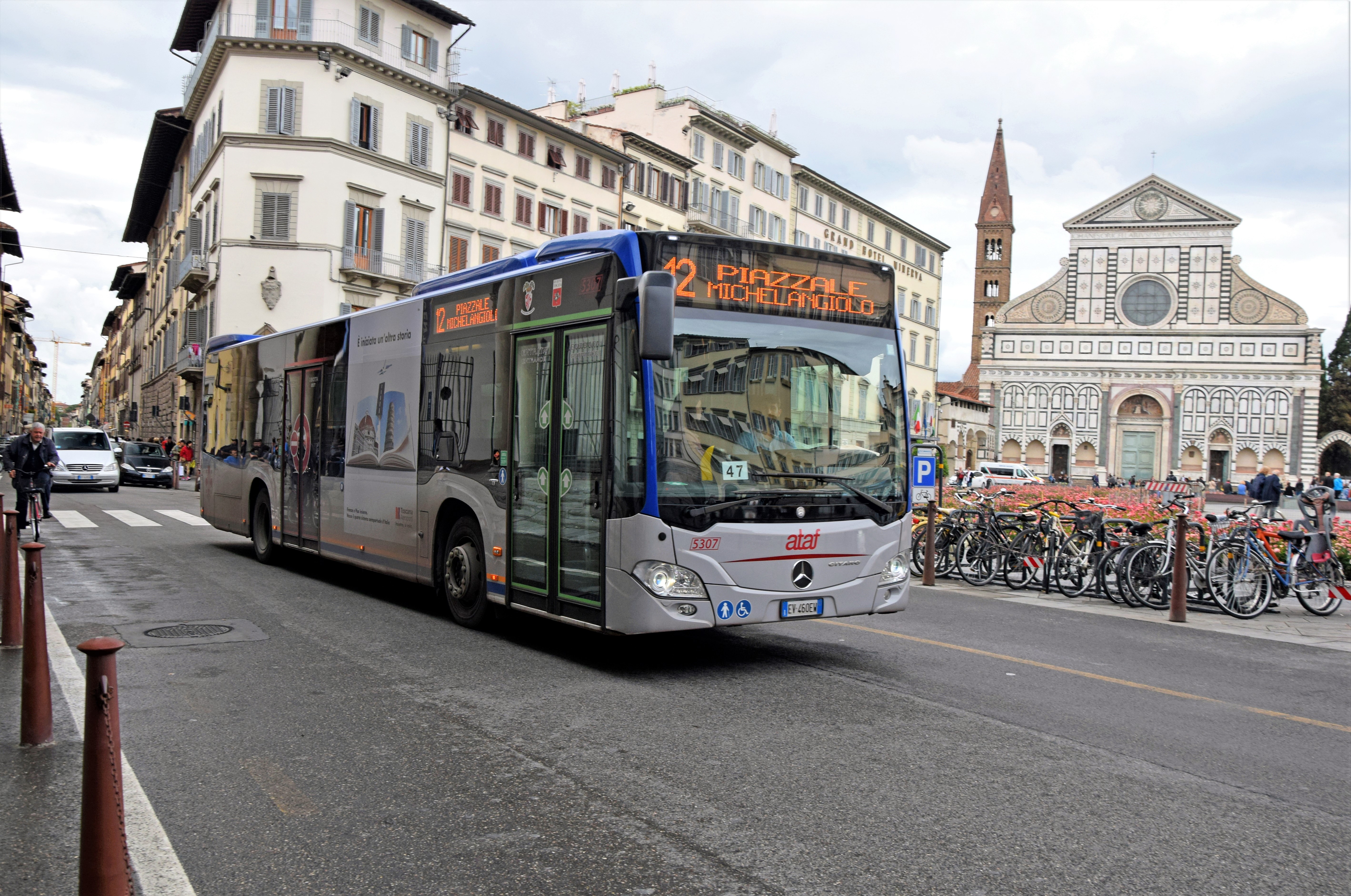The City
Sitting on the River Arno, Florence is known as the “Cradle of the Renaissance”, home to many masterpieces in art and architecture from that period. This small cobblestone city is jampacked with history and elegance, decadent culinary experiences, and an enthusiasm for fashion.
Florence attracts millions of visitors every year as a UNESCO heritage site and is expanding its multiculturism through its growing African and Asian populations and massive Eastern European population.

Additional Resources
The Center
The CEA CAPA Florence Center is comprised of two buildings. The first occupies the first floor of the XVI Century Palazzo Galli Tassi in the heart of the Santa Croce neighborhood. The CEA Center is embellished with numerous frescoes (most of which are still visible) and has recently gone through a major restoration. During the restoration, important pieces of art were discovered and brought to their original sixteenth-century splendor!
The second building is located
The Lifestyle
Florentines live a relaxed lifestyle. Life moves at a comfortable pace and locals aren’t rushing their way through the streets, instead, they are taking in the beautiful cityscape. Locals are incredibly proud of their city and their heritage and are eager to share it with visitors.
The people in Florence are sharp dressers, you won’t see athletic clothes worn anywhere outside the gym. Fashion is important to both the people and the foundation of the city. Leather shops and specialty stores line the streets boasting local goods and food. You won’t find yourself making large grocery store runs, but rather small trips throughout the week to these locally-owned shops.
Italians are known to be direct communicators, who are generally open, inquisitive, and bold. Building strong relationships is extremely important, especially doing so in a face-to-face environment. Getting to know one another over a meal is the ideal setting to begin the foundations of a friendship. Florentines have strong familial ties, and you’ll find many residents were born here and have returned to spend their adult lives here as well. Embrace the city and its way of life with open arms, and you’ll find your home here in Florence.

The Commute
The city center is closed to traffic, except for those with special permits, so you will find yourself doing most of your commuting on foot! Despite its narrow roads, Florence has a robust bus system for its size, with a fleet of almost 100 navigating the streets. The bus system runs from 6 am to 10 pm, with lines that take you around the city, or up to Piazzale Michelangelo. You can also use Mobikes, a bike-sharing system in Florence, should you choose to get some exercise out of your commute.
You can also ride the tram, or “Tramvia”, to move about the city. The Tramvia connects the city center to some important places such as the Airport (the cheapest way to get there!), the Careggi Hospital, Torregalli Hospital, and the University Pole of Novoli. Florence is home to the Santa Maria Novella railway station, with many trains arriving and departing from neighboring cities and towns. The rail station is an easy way to explore the Tuscan region, but the best way to explore Florence is on foot.

The Language
The official language of Florence is Italian, and it is truly important to embrace the language! While you can get by speaking English during your time in Florence, you’ll be able to immerse yourself in the city and its people by practicing your Italian phrases before you arrive—a simple “ciao” instead of a ‘hello” will go a long way. Our CEA CAPA Florence staff is eager to help you navigate and learn the Italian language!
Florentine residents have a distinct accent according to Italians elsewhere and have a distinct way of speaking about things, (much like the dialect differences in the U.S.). Here are some common phrases and words to introduce into your vocabulary before you head to Firenze!
- “Prego” means “you’re welcome” but is used in a variety of contexts that may translate to, “welcome”, and “how can I help you?”, or “please, after you”
- “Grazie” is “thank you”
- “Come stai?” or “Come va?” are “How are you?” and “How’s it going?” respectively. A good response to these questions is “Tutto bene” (“everything’s good”)
.jpeg)
The Currency
The euro (EUR) is the official currency of Italy and is used across 19 of the 27 members of the European Union. The euro and the US dollar have an almost equal exchange rate, with whom it favors going back and forth from time to time.
You may want to purchase a wallet with a change pouch, as you’ll get €1’s and €2’s back in the form of coins, not bills!

Additional Resources
The Weather
Located in a valley of the Tuscan region, Florence experiences hot, sunny summers and relatively mild winters. Temperatures swing from 35 to 90°F over the course of the year, so it’s important to have a warm coat during the winter months. If you find yourself in Florence during the summer, you can expect it to be hot and humid, with not much of a breeze to provide relief (however, you just need to pop into one of the many museums or gelato shops to beat the heat).
Pack a rain jacket for the rainier months in the spring and fall. Depending on when you go to Florence, you may experience all of the seasons, so pack accordingly!

